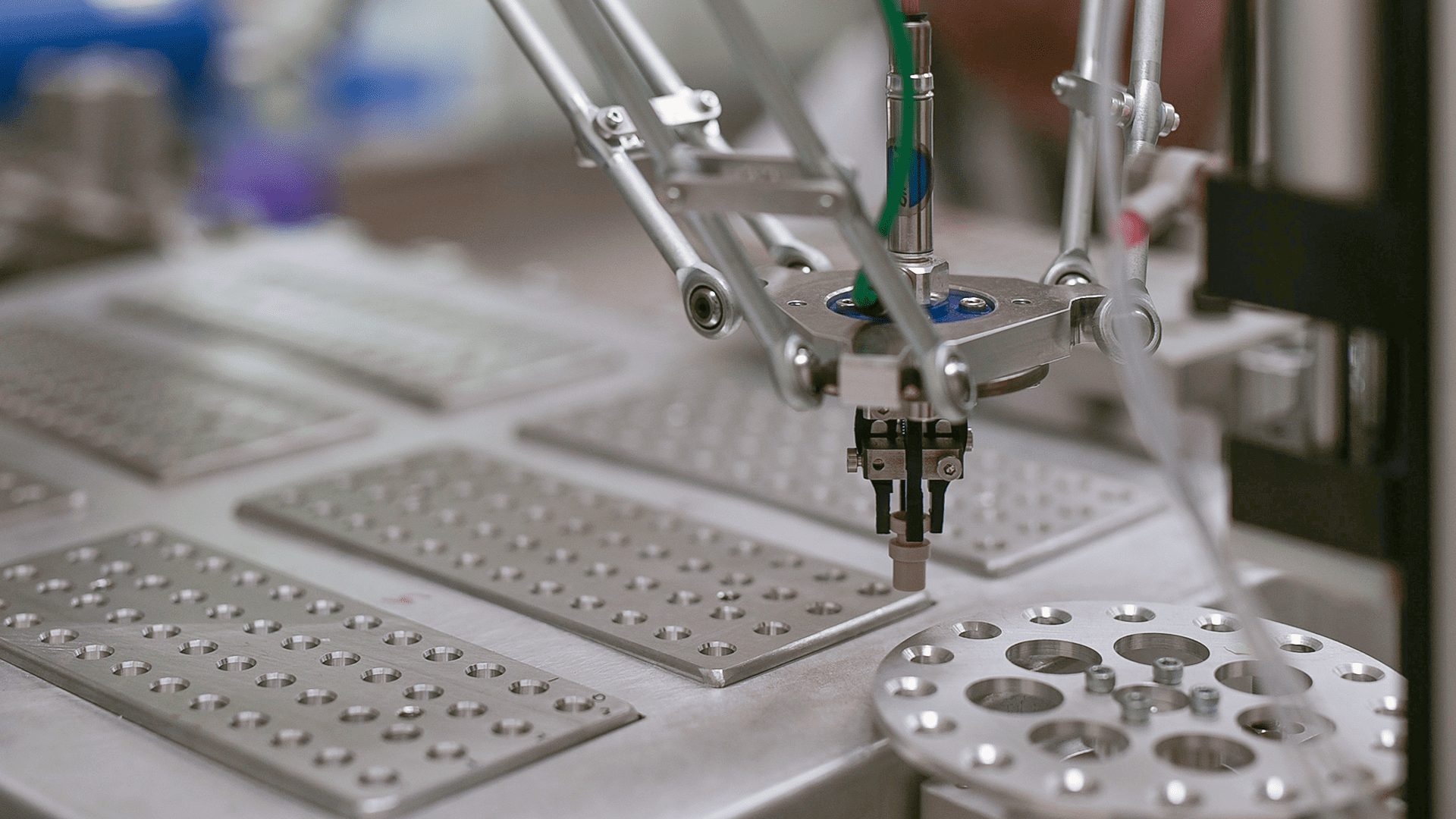Integrated Systems and Solutions
SRI’s Integrated Systems and Solutions Division designs leading-edge R&D technologies that power the systems end users depend on every day. From proof-of-concept to execution in the real world, we provide our customers the keys to achieve their objectives. Our goal: to uncover and deliver on profound possibilities for a smarter, safer, and more sustainable world.
-

David Keller: Developing custom imagers used for space exploration
An SRI researcher aims to advance our knowledge of the solar system.
-

Clint Graumann: Using space-based LIDAR to map the Earth
The CEO and co-founder of NUVIEW is improving our ability to view the world. He’s teamed up with SRI to make that happen.
-

Ning Li: Designing integrated circuits for the future
A principal research engineer at SRI’s Advanced Imaging Lab shares the challenge — and the joy — of building products that benefit the world.
-

Eighty talented students joined SRI’s 2023 summer internship program
The interns range from undergraduate students to PhD candidates, working across labs.
-

SRI celebrates 60 years of innovation in Japan
SRI has worked alongside some of Japan’s best-known companies to help develop next-generation technologies and bring them to market.
-

60 years of pioneering technology and transforming industries in Japan
SRI celebrates its rich history of groundbreaking technological advancements and transformative technologies.
-

ENVision: Lifting the veil of the night using lightweight night vision glasses
DARPA and SRI seek to create night vision glasses that see clearly even in the darkest of situations.
-

From photo to building: a collaboration in generative model architectural design
SRI collaborates on a new design toolkit called AiCorb®.
-

Next-generation welding helmet gives unprecedented scope and clarity for better productivity, accelerated training
XDR weld visualization technology gives welders full 3D view of workspace, as smart helmet collects data to help train new technicians.
-

Baker Hughes acquires exclusive license from SRI International for Mixed Salt Process technology for carbon capture
Baker Hughes announced it has entered into a global exclusive licensing agreement with SRI International to use SRI’s innovative Mixed-Salt Process for CO2 capture.
-

Orchestrating a chemical revolution
Automation will help us access the full potential of chemistry.
-

Developing the next generation of chemical detection systems for strategic situational awareness
SRI International secures sole award for MAEGLIN Phase 2’s Forensic Identification Track.